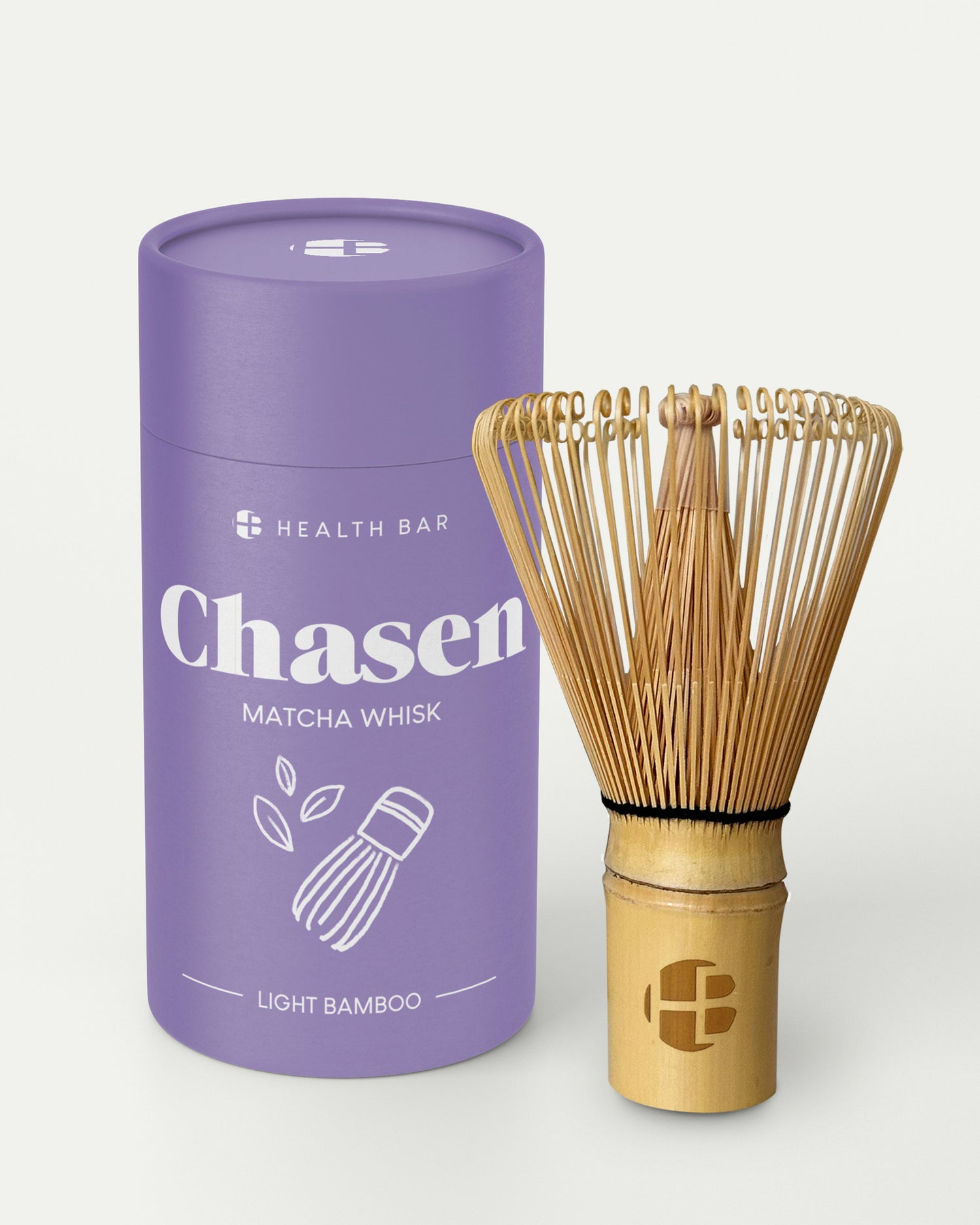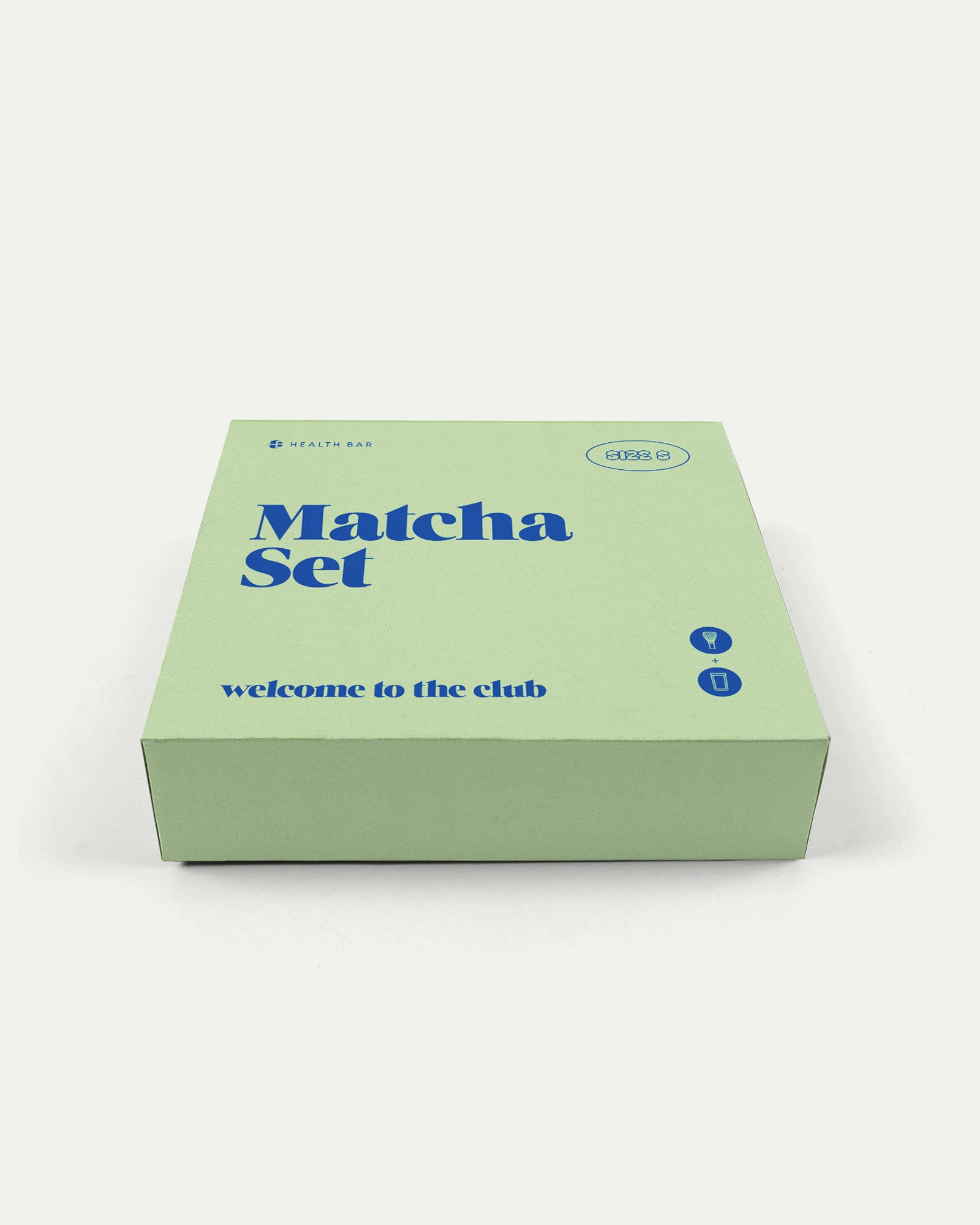
1. Smooth transition
Switch from coffee to matcha in 5 steps
Coffee withdrawal feels like the worst kind of hangover. Therefore, it's important to find a smooth transition so as not to put too much stress on your body. I recommend replacing one coffee a day with a matcha latte for the first two days. Then increase it by adding another matcha until you've completely replaced your coffee consumption by the end of the week.
2. The right preparation
The correct preparation is important to ensure that your first Matcha Latte is a complete success in terms of taste:

Dosing Matcha
Put one level teaspoon of matcha (2 bamboo spoons) into a matcha bowl (chawan).

Add water
Add a little water (approx. 30 ml) and stir until creamy using a matcha whisk (chasen) (Z-shaped movements).

Add milk
Top up the matcha with the frothed milk and enjoy.
3. Not all milk is the same
The milk in matcha plays a major role in the flavor, and there are many variations here, too. It's best to experiment until you find your personal favorite. I love plant-based barista milk. They have some delicious oat or soy milk options.
4. Initially, use more milk than water in the preparation
For matcha beginners, I always recommend using less water for mixing and more frothed milk. The dosage can be adjusted later as desired. My go-to mix is now 50% water, 50% frothed milk, and I love it. At first, however, I also needed more milk than water.
5. Raise awareness
Always remind yourself why the change is important. For me, the benefits after just one or two weeks were a compelling argument, and they motivated me even more to stick with matcha. I felt clearer and more focused without the typical coffee downs. Recently, I've clearly felt that coffee was taking more from me than it was giving me.
What are you waiting for?
Start now with a new routine







Matcha Set S
- Regular price
-
54,00€ - Regular price
-
- Selling price
-
54,00€
VAT included.
Shipping is calculated at checkout




















